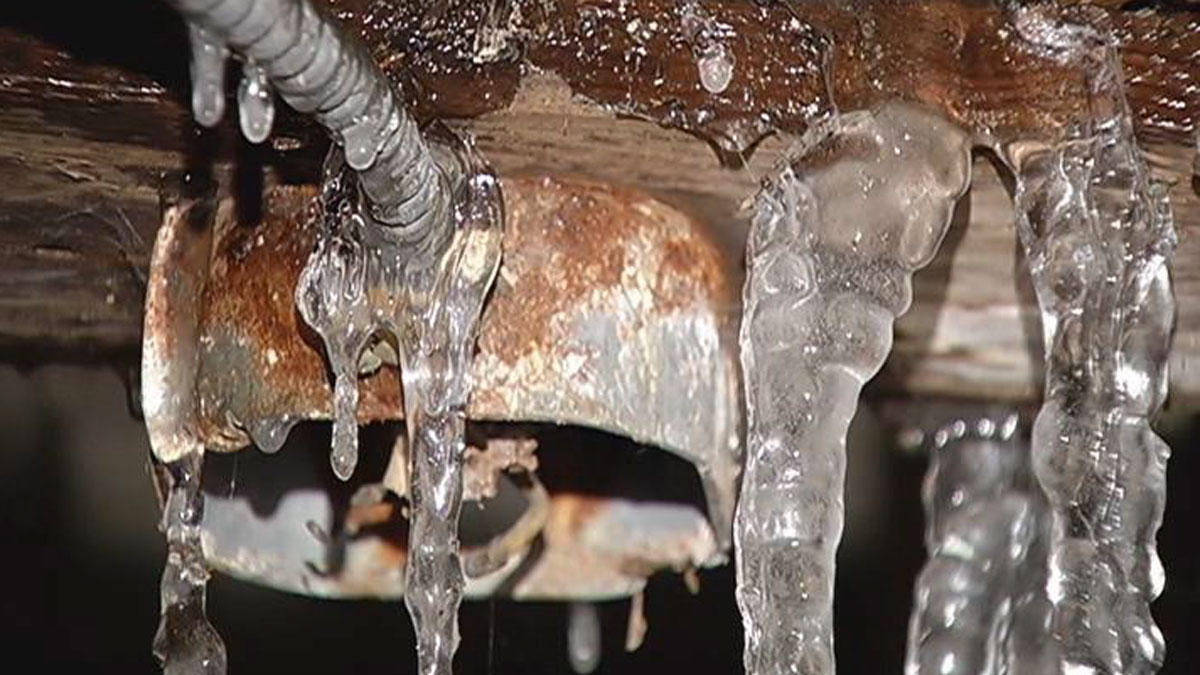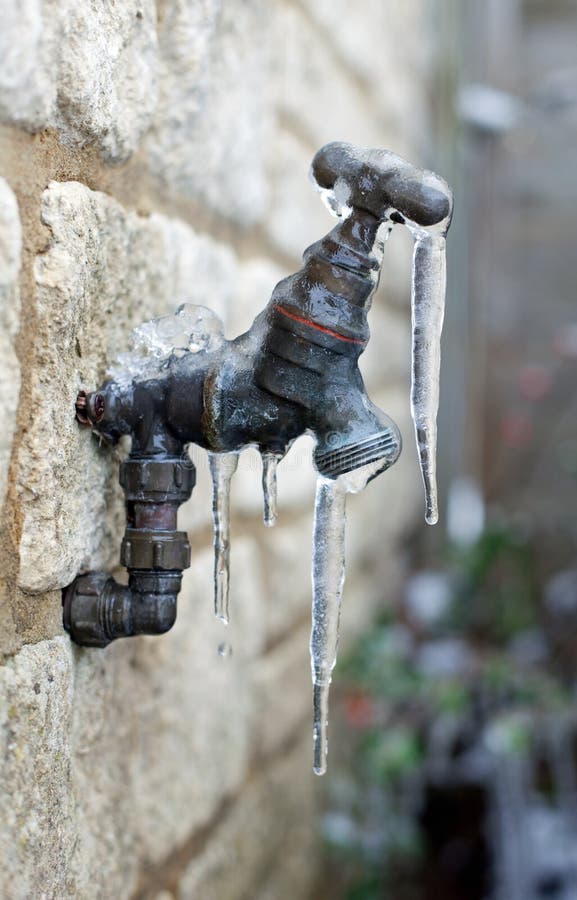Important Tips for Preventing Frozen Plumbing in Cold Weather Conditions
Important Tips for Preventing Frozen Plumbing in Cold Weather Conditions
Blog Article
Just how do you feel with regards to Helpful Tips to Prevent Frozen Pipes this Winter?

Winter can damage your pipes, particularly by freezing pipelines. Below's just how to avoid it from happening and what to do if it does.
Introduction
As temperature levels decline, the risk of icy pipes boosts, possibly leading to costly repair work and water damage. Comprehending how to prevent icy pipelines is crucial for property owners in cold climates.
Recognizing Icy Pipelines
What triggers pipes to freeze?
Pipes ice up when revealed to temperatures below 32 ° F (0 ° C) for expanded durations. As water inside the pipes ices up, it increases, putting pressure on the pipe wall surfaces and potentially causing them to break.
Dangers and problems
Frozen pipelines can cause water system disruptions, home damage, and costly repairs. Burst pipelines can flood homes and create considerable architectural damage.
Indicators of Frozen Pipeline
Recognizing icy pipelines early can prevent them from rupturing.
Just how to identify icy pipelines
Look for decreased water flow from taps, uncommon smells or sounds from pipelines, and noticeable frost on subjected pipelines.
Prevention Tips
Shielding vulnerable pipes
Wrap pipes in insulation sleeves or use heat tape to safeguard them from freezing temperatures. Concentrate on pipelines in unheated or outside areas of the home.
Home heating techniques
Maintain indoor rooms effectively heated up, specifically areas with plumbing. Open up closet doors to permit warm air to distribute around pipelines under sinks.
Shielding Outside Pipes
Garden tubes and outside faucets
Separate and drain garden hoses before winter. Mount frost-proof spigots or cover exterior faucets with insulated caps.
What to Do If Your Pipelines Freeze
Immediate actions to take
If you suspect frozen pipelines, keep taps open to ease stress as the ice melts. Make use of a hairdryer or towels soaked in hot water to thaw pipes slowly.
Long-Term Solutions
Architectural adjustments
Think about rerouting pipelines far from exterior wall surfaces or unheated locations. Include extra insulation to attics, basements, and crawl spaces.
Upgrading insulation
Purchase high-grade insulation for pipes, attics, and walls. Correct insulation aids keep regular temperature levels and reduces the risk of frozen pipes.
Final thought
Stopping icy pipelines needs proactive steps and fast responses. By understanding the reasons, indicators, and safety nets, property owners can secure their plumbing during winter.
5 Ways to Prevent Frozen Pipes
Drain Outdoor Faucets and Disconnect Hoses
First, close the shut-off valve that controls the flow of water in the pipe to your outdoor faucet. Then, head outside to disconnect and drain your hose and open the outdoor faucet to allow the water to completely drain out of the line. Turn off the faucet when done. Finally, head back to the shut-off valve and drain the remaining water inside the pipe into a bucket or container. Additionally, if you have a home irrigation system, you should consider hiring an expert to clear the system of water each year.
Insulate Pipes
One of the best and most cost-effective methods for preventing frozen water pipes is to wrap your pipes with insulation. This is especially important for areas in your home that aren’t exposed to heat, such as an attic. We suggest using foam sleeves, which can typically be found at your local hardware store.
Keep Heat Running at 65
Your pipes are located inside your walls, and the temperature there is much colder than the rest of the house. To prevent your pipes from freezing, The Insurance Information Institute suggests that you keep your home heated to at least 65 degrees, even when traveling. You may want to invest in smart devices that can keep an eye on the temperature in your home while you’re away.
Leave Water Dripping
Moving water — even a small trickle — can prevent ice from forming inside your pipes. When freezing temps are imminent, start a drip of water from all faucets that serve exposed pipes. Leaving a few faucets running will also help relieve pressure inside the pipes and help prevent a rupture if the water inside freezes.
Open Cupboard Doors
Warm your kitchen and bathroom pipes by opening cupboards and vanities. You should also leave your interior doors ajar to help warm air circulate evenly throughout your home.

I ran across that piece of writing on Helpful Tips to Prevent Frozen Pipes this Winter when surfing around the internet. Enjoyed reading our post? Please share it. Let someone else find it. Thank-you for taking the time to read it.
Start Now Report this page